Rest in peace, compact discs. It was a great quarter-century run, but your time has come and gone as physical sales in the music industry continue to drop more than the bass in Skrillex’s newest single.
By Bryan Rolli
The death of the CD was inevitable, but more alarming is the decline in digital downloads for the first time in history. Streaming services are sounding the death knoll for the current industry as we know it, just as artists and label bosses were learning to cope with a world dominated by iTunes.
Audiophiles and vinyl purists may balk at the claim that physical media has heard its death rattle. After all, the Verge reports that vinyl sales on Amazon have skyrocketed 745% since 2008. Furthermore, Businessweek reports that of the 2.9 million vinyl albums sold this year, new works from Daft Punk, Vampire Weekend and Queens of the Stone Age ranked among the best sellers, a huge shift from 2010 when The Beatles’ Abbey Road, originally released in 1969, topped the list. These numbers suggest vinyl is once again becoming a thriving, relevant medium for consumers and could foretell a revival of the entire physical industry.
Not so fast.
Despite its unprecedented sales leaps, vinyl still only represents less than two percent of the entire market this year, Nielsen SoundScan reports. Meanwhile, the tracking system also reports that CD sales through the first six months of 2013 are down 14.2 percent from the same point in 2012, which indicates that the so-called vinyl “resurgence” only demonstrates that consumers are trading one obsolete medium for another.
Digital album sales have weathered the storm better and, through the third quarter of this year, are still up 2.6 percent from the same point in 2012. But the worrisome downside is that third quarter sales have actually declined five percent from the same period a year ago. That means digital sales might soon be in the same boat as their physical counterparts.
What’s to blame for all of these formats’ popularity falling faster than enthusiasm for Obamacare? Point the finger at streaming services, such as Spotify and Pandora. Through the first half of 2013, the total number of streams has soared 24 percent over the same time frame last year to 50.9 billion (see why a measly 2.9 million vinyl LPs barely makes a splash?). For most listeners, streaming is free and thus allows them to enjoy a huge variety of music, while simultaneously granting artists exponentially more exposure.
Just one problem: exposure does not pay bills by itself.
Atoms for Peace producer Nigel Godrich does not mince words in his assessment of the streaming industry. The group pulled its music from Spotify in July and Godrich explained the decision in a colorful Twitter rant:
“It’s bad for new music. The reason is that artists get paid f**k all with this model. It’s an equation that just doesn’t work. The music industry is being taken over by the back door [technology companies] and if we don’t try and make it fair for new music producers and artists then the art will suffer. Make no mistake. These are all the same industry [people] trying to get a stranglehold on the delivery system. The numbers don’t add up for Spotify … Small labels and artists can’t even keep their lights on. It’s just not right. Plus people are scared to speak up or not take part as they are told they will lose invaluable exposure if they don’t play ball. Meanwhile, millions of streams get them a few thousand dollars. Not like radio at all.”
Artists and producers are not the only ones aware of this harsh reality. Record labels, publishers and performing arts organizations (PROs), such as BMI and ASCAP, all know it, too, and are currently waging legal warfare against Pandora and Spotify over their royalty rates. PROs argue that these companies should raise their rates to around 50 percent of revenue, while the two streaming services counter that they should be able to pay roughly 15 percent of revenue, which is in line with satellite and terrestrial radio rates.
With this comparison, streaming companies fail to recognize the fundamental difference between their services and more traditional radio formats. When a radio station plays a song, it has the potential to reach millions of people around the world at any given time. Playing the same song on Spotify, however, only amounts to one stream, reaching one person at one time. So, while these companies may argue that their services are comparable to standard radio stations, they fail to account for the huge difference in reach that both formats have.
David Lowery, writer for The Trichordist, further highlights the discrepancy between streaming and radio play with his tongue-in-cheek, aptly-titled article, “My Song Got Played on Pandora 1 Million Times and All I Got Was $16.89, Less Than What I Make from a Single T-Shirt Sale!” To be clear, Lowery earned just $16.89 from over 1.15-million streams of his single “Low” in the second quarter of 2013. By comparison, Sirius XM paid him $181.94 for only 179 plays, while 18,797 spins on terrestrial radio earned him $1,373.78. The numbers do not lie; royalties paid by streaming sites pale in comparison to more traditional formats.
Are PROs picking the right battle to fight? Say Lowery’s royalty payment from Pandora was 15 percent of its revenue. If the streaming services lost their legal battle and had to raise rates to 50 percent, Lowery would make only $56.30 in royalties. Is a knockdown, drag-out court fight worth 40 dollars?
To quote Bob Dylan, “the times, they are a-changin’,” but the music industry insists on enforcing a rigid, outdated model on a rapidly shifting market. In reality, royalties were never an artist’s primary source of income, and that’s especially true now. In the old days, artists made music and fans bought it. Nowadays, artists are encouraged to interact more with their fans via social media and garner financial support through crowd-funding, all in an effort to cut out the middleman (record labels) to realize more profit from their work.
Take Protest the Hero. The Canadian progressive metal act wanted to try something different for the release of their fourth studio album, Volition, which dropped on Oct. 29. Fulfilling their obligations to their former label, Underground Operations, the group turned to their fans for support. They began a crowd-funding campaign on IndieGoGo with a goal of $125,000 to record the album on their own terms, a goal they far surpassed by collecting $341,000. Online news site Metal Injection quotes the band on this approach: “Our successful crowd funding campaign allowed us a new level of both artistic and business-minded freedom. We had the pleasure of recording an album with budgets and deadlines created only by ourselves and we think the project benefited the world over because of that. We can’t thank our dedicated contributors enough for putting us in the driver seat.”
Local psychedelic pop group Holiday Mountain also feels that personalized audience interaction is the way of the future, noting that live performance is more memorable and marketable than a studio album. “I guess the reason that recorded music isn’t as much of an industry now is because it’s just this one thing and then it can just be duplicated, but just focusing on the special, unique experiences are always gonna be a market,” lead vocalist and synth/organ player Laura Patino says.
Drummer Zander Kagle agrees, noting a shift in the music business model: “The music industry has switched polarities. It used to be you would go on tour to support your album, but now your album supports your tour because distribution’s so simple to get to people. People get our music for free, and that’s how they hear about you, and then they’ll come to your shows. It’s very different. It’s not a record industry; it’s a performing industry.”
Live performances are no get-rich-quick scheme, especially for artists who aren’t yet nationally renowned. The principles of hard work and dedication still form the foundation of success.“When we play shows, wanting to see money returned quickly is definitely a feeling I’ve struggled with, but I think we’ve always come back to sort of a karmic thing. If you take every single opportunity, if you just do it 100%, then something’s gonna come back,” Patino says.
To what extent can artists rely on their audience? The pockets of teens and young twenty-somethings only run so deep, and for artists with such a young demographic, asking for too much money can be a sore subject among their fans — a fact that weighs heavily on Holiday Mountain’s consideration of crowd-funding their next album.
“It’s very risky and very vulnerable. You’re just asking people who have already given you a lot. They’ve come to your shows; even if they’ve just bought an album or just told another person about you, they’ve already done so much. If you have fans who want to give you money, that’s awesome. But the demographic that we fall into is generally younger people who have fewer resources or money, so we’re not about to test those waters personally,” Kagle says.
So, what is an artist to do when music sales and live performances do not generate enough income to pay the bills, and their fans are just as strapped for cash as they are?
Nobody knows.
That is the beauty of the modern music industry. In an industry where imagination and creativity determine success, there is no surefire method for stardom anymore, but necessity is the mother of invention.










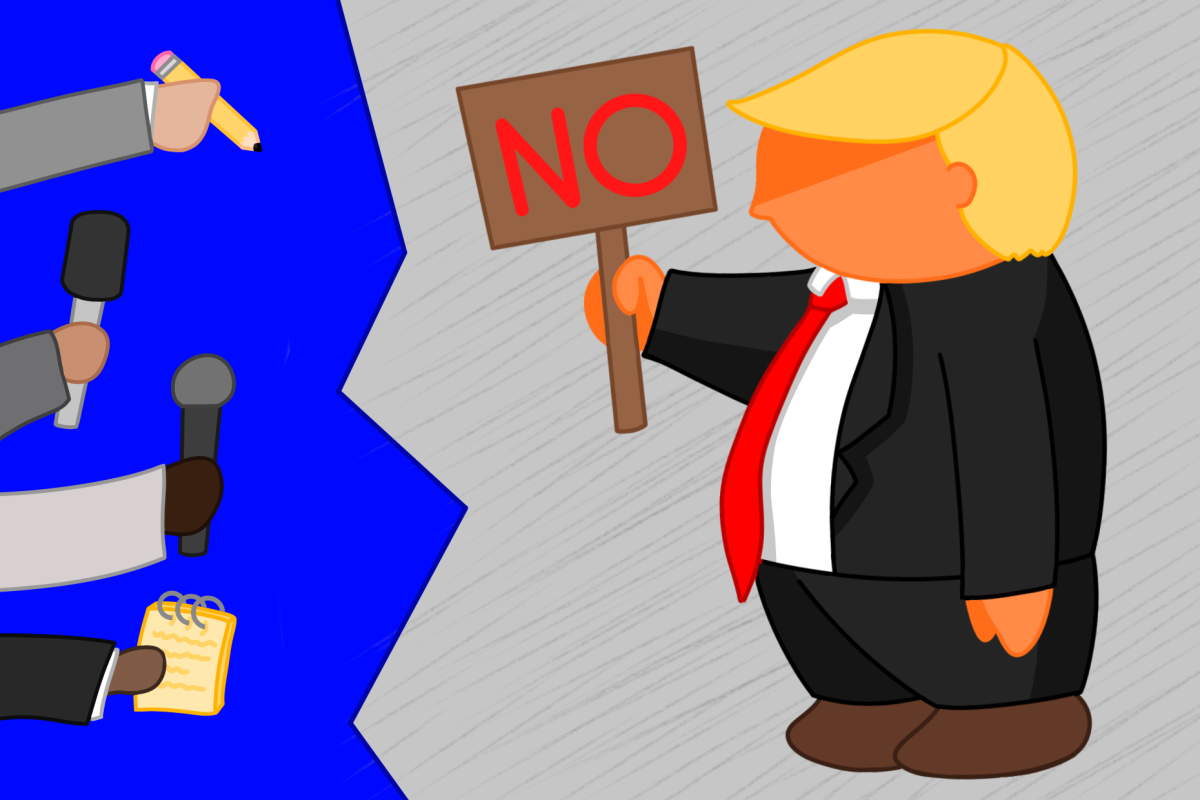














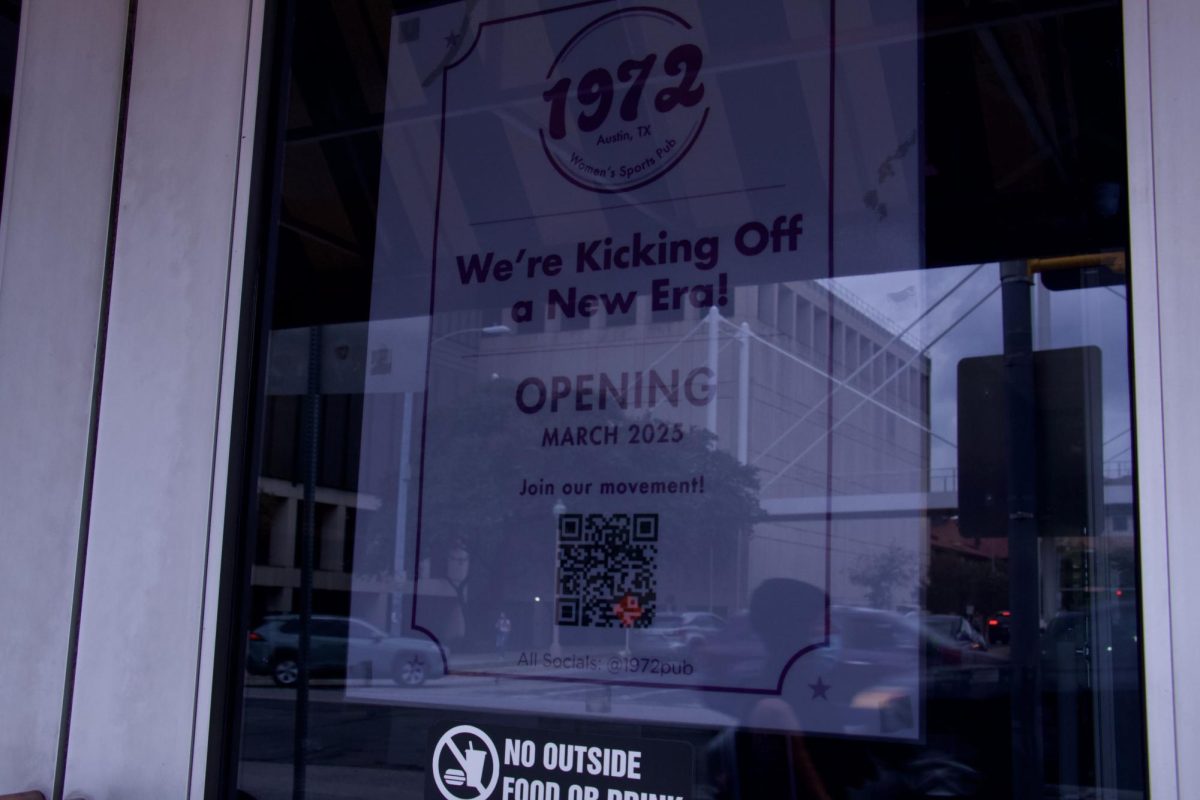






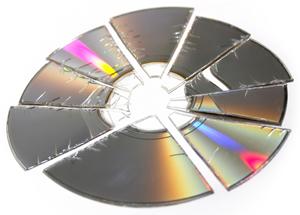



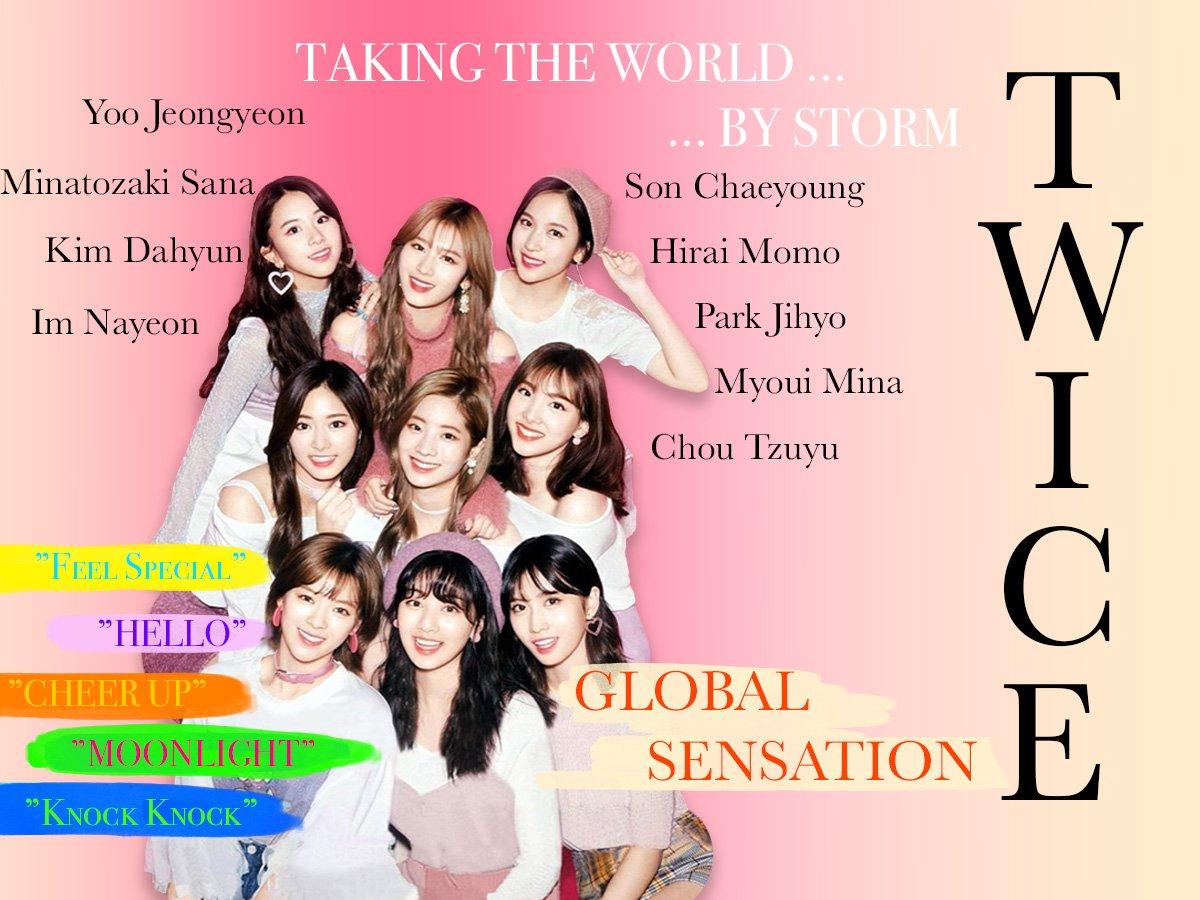

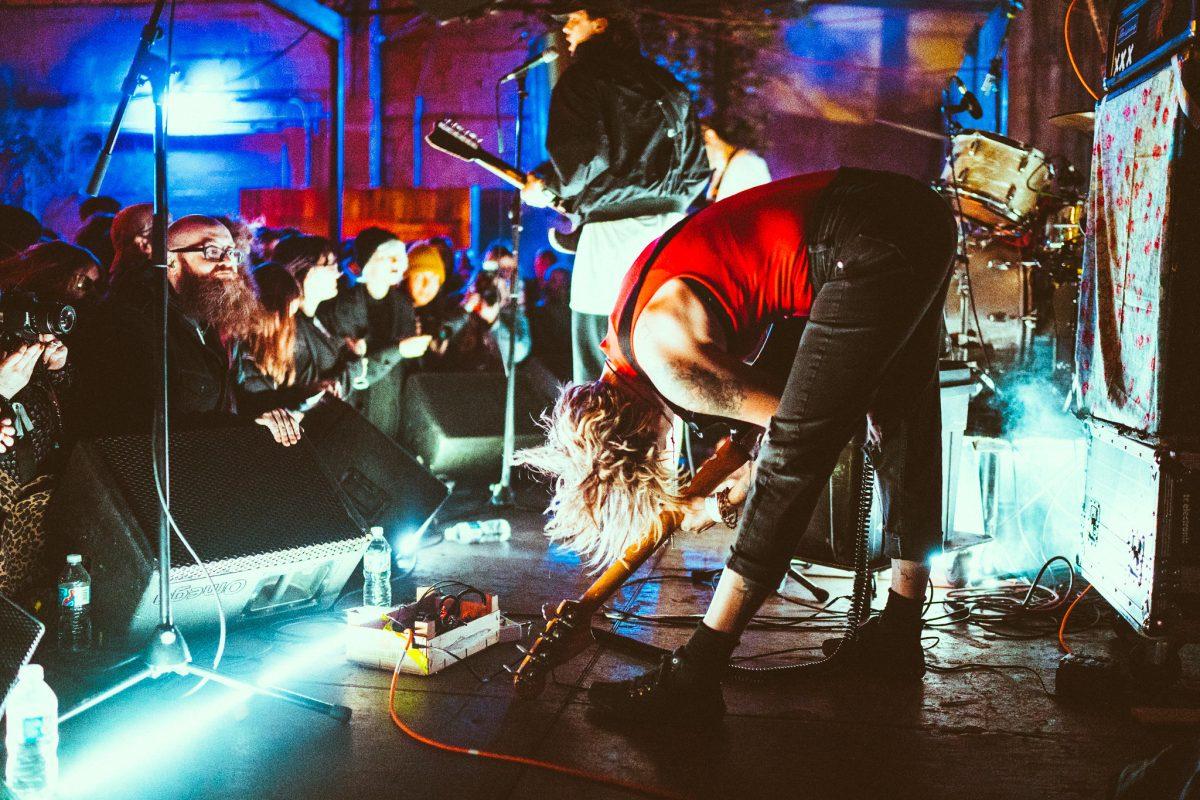
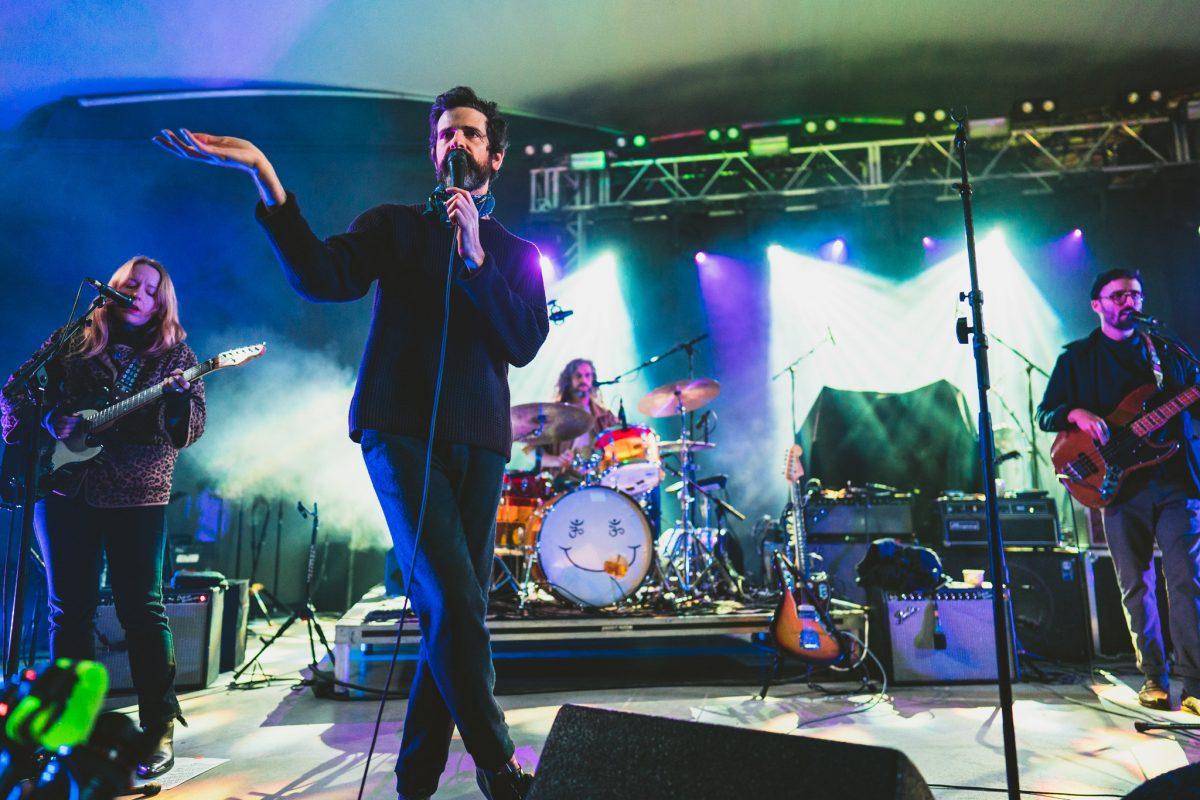







Jennifer • Nov 10, 2013 at 11:18 am
It’s not about the streaming services, it’s about the record labels., and how much of the revenue they take without having the job of manufacturing CDs. Getting rid of labels in favor of other ways of funding albums, and signing deals directly with the stream services would mean a better payout every time a song is played through spotify or torch music or whatever else without the stream sites (which aren’t even profitable) having to pay out more.